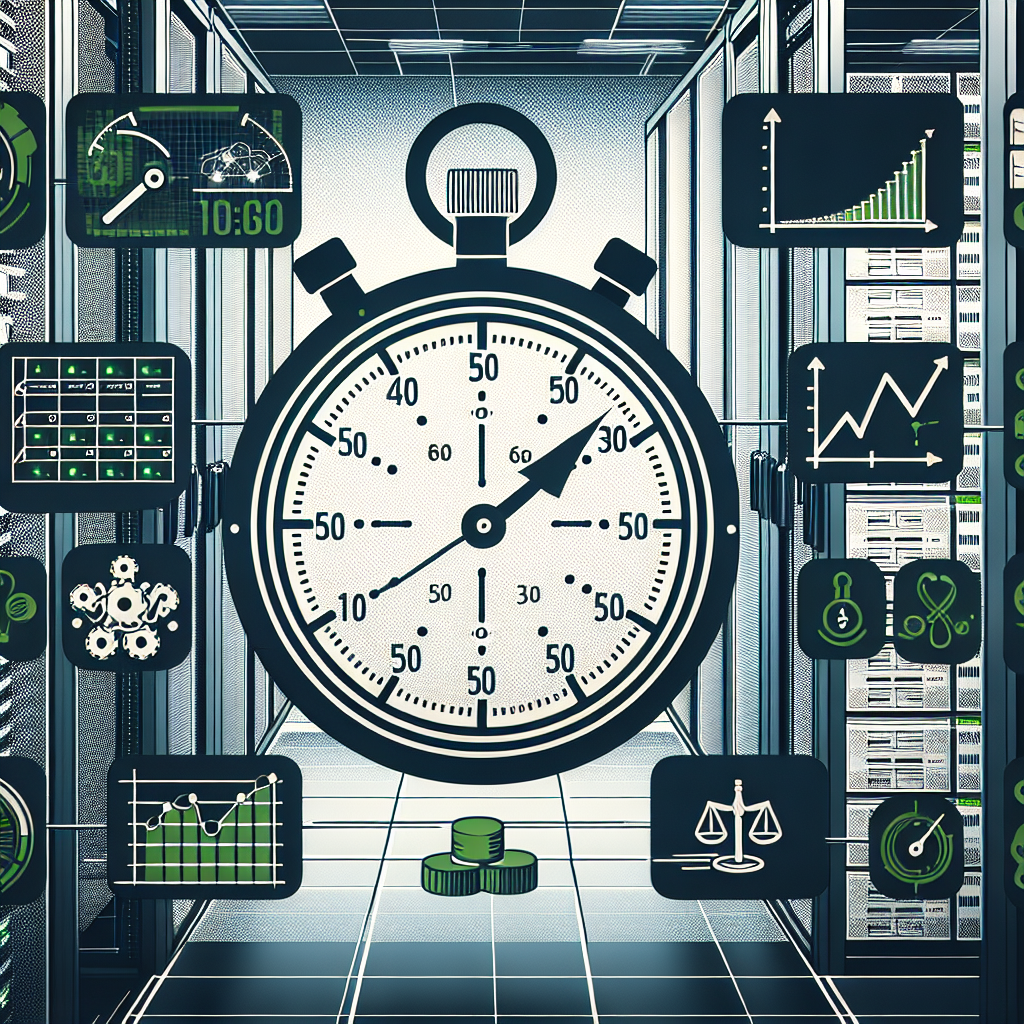Data centers are the backbone of modern businesses, serving as the hub for storing, processing, and distributing vast amounts of data. However, data center downtime can have a significant impact on a company’s operations, leading to lost revenue, damaged reputation, and decreased productivity. It is crucial for businesses to measure the impact of data center downtime to identify areas for improvement and minimize the risk of future disruptions.
Key Metrics to Consider
1. Downtime duration: The length of time that a data center is offline is a critical metric to measure. This metric helps businesses understand the extent of the disruption and its impact on operations. Downtime duration can be measured in hours, minutes, or even seconds, depending on the severity of the outage.
2. Cost of downtime: Calculating the financial impact of data center downtime is essential for businesses to assess the true cost of disruption. This metric includes lost revenue, productivity losses, and potential fines or penalties for failing to meet service level agreements. Businesses can use this information to justify investments in improving data center reliability and resilience.
3. Recovery time objective (RTO): RTO is the target time within which a data center should be back online after a disruption. This metric helps businesses set realistic expectations for recovery efforts and measure their effectiveness in minimizing downtime. Monitoring RTO can also help businesses identify areas for improvement in their disaster recovery plans.
4. Recovery point objective (RPO): RPO is the maximum acceptable amount of data loss that a business can tolerate during a disruption. This metric helps businesses determine how frequently data backups should be performed to minimize the risk of data loss. Monitoring RPO can also help businesses identify gaps in their data protection strategies.
5. Mean time between failures (MTBF): MTBF measures the average time between data center failures. This metric helps businesses assess the reliability of their data center infrastructure and identify potential points of failure. Monitoring MTBF can also help businesses predict and prevent future disruptions.
Key Performance Indicators (KPIs) to Consider
1. Availability: Availability measures the percentage of time that a data center is operational and accessible to users. This KPI helps businesses track the reliability of their data center infrastructure and identify areas for improvement.
2. Mean time to repair (MTTR): MTTR measures the average time it takes to restore a data center to full functionality after a disruption. This KPI helps businesses assess the efficiency of their incident response processes and identify opportunities to streamline recovery efforts.
3. Service level agreements (SLAs): SLAs define the expected level of service that a data center should provide to users. This KPI helps businesses track their performance against agreed-upon standards and identify areas for improvement in meeting customer expectations.
In conclusion, measuring the impact of data center downtime is essential for businesses to assess the true cost of disruptions, identify areas for improvement, and minimize the risk of future outages. By tracking key metrics and KPIs, businesses can optimize their data center operations and ensure the reliability and resilience of their infrastructure.

Leave a Reply
You must be logged in to post a comment.